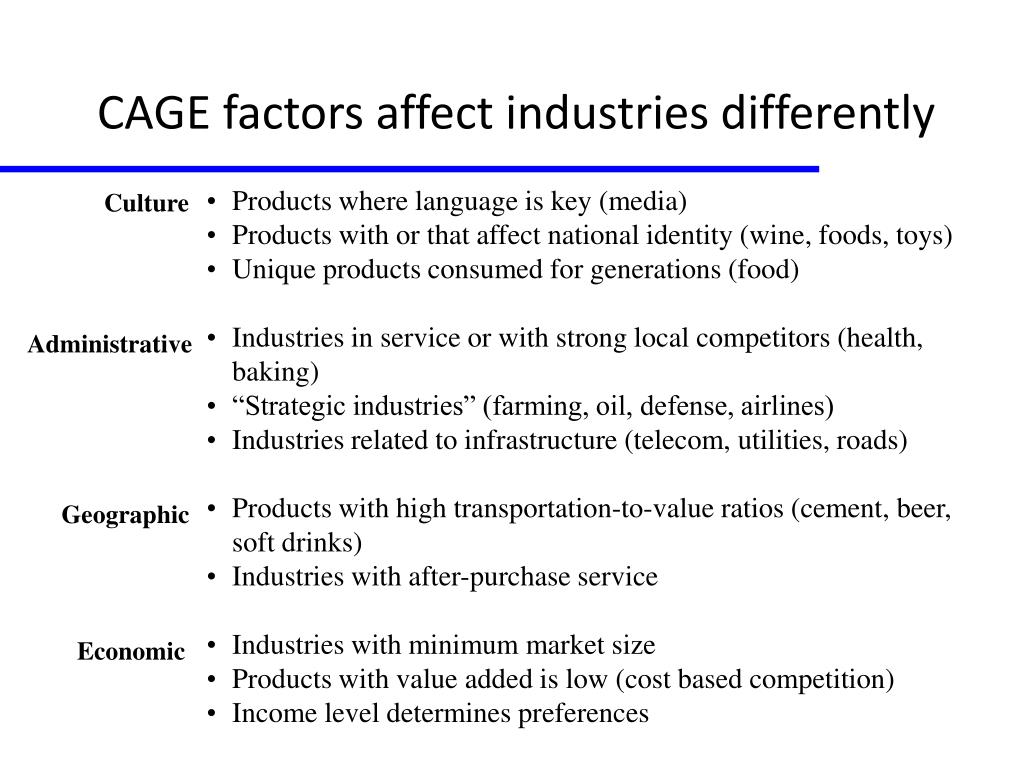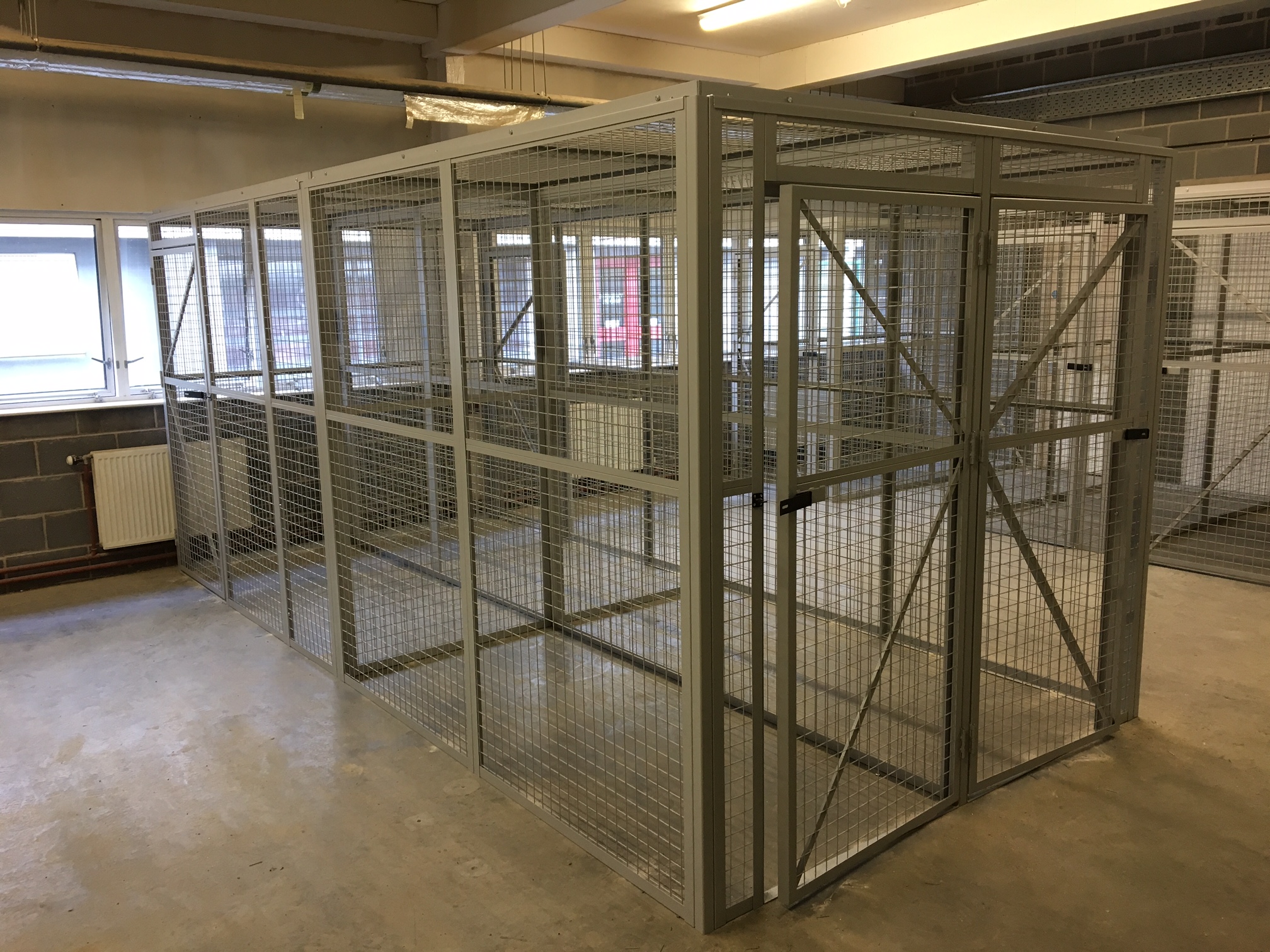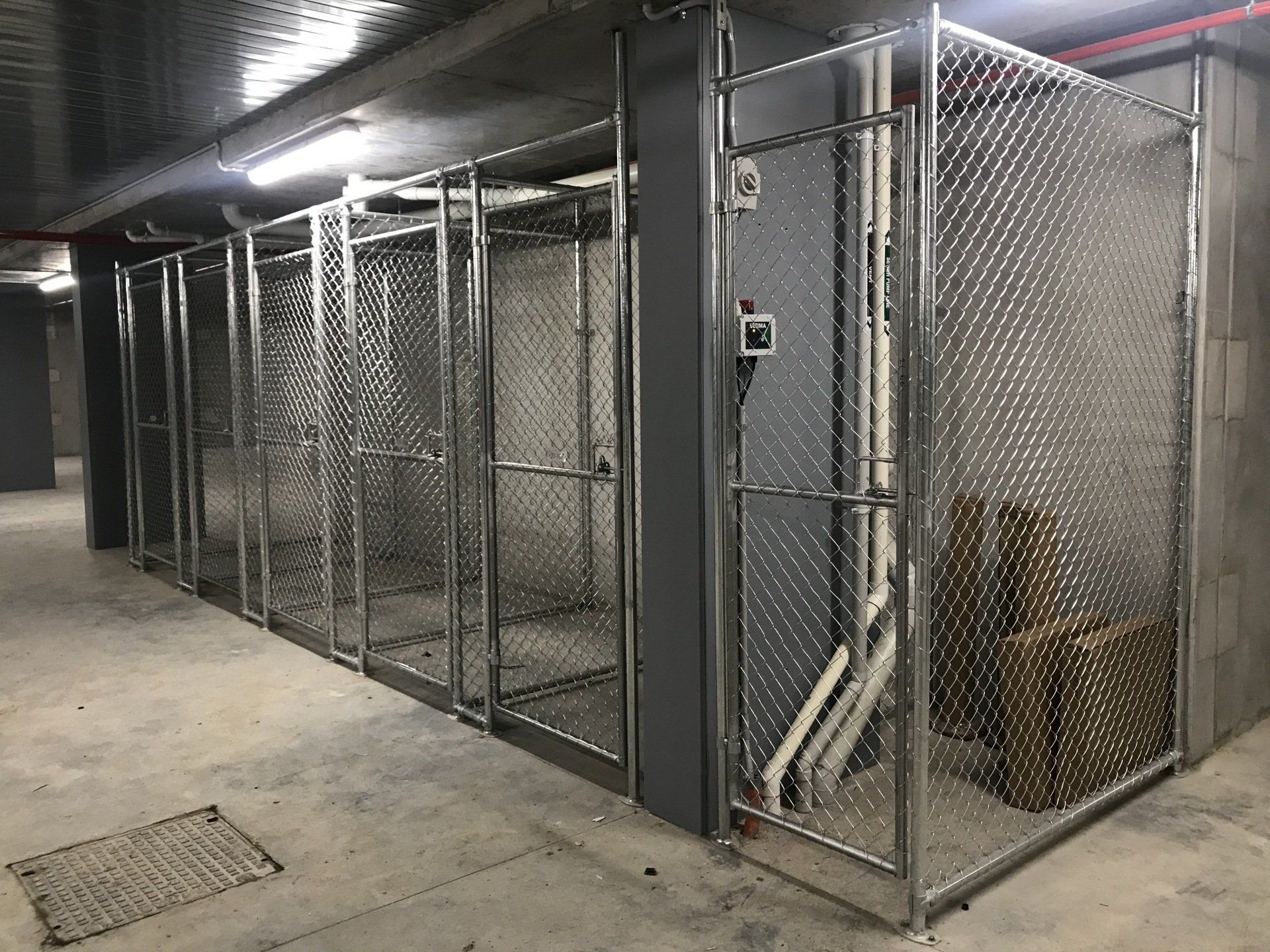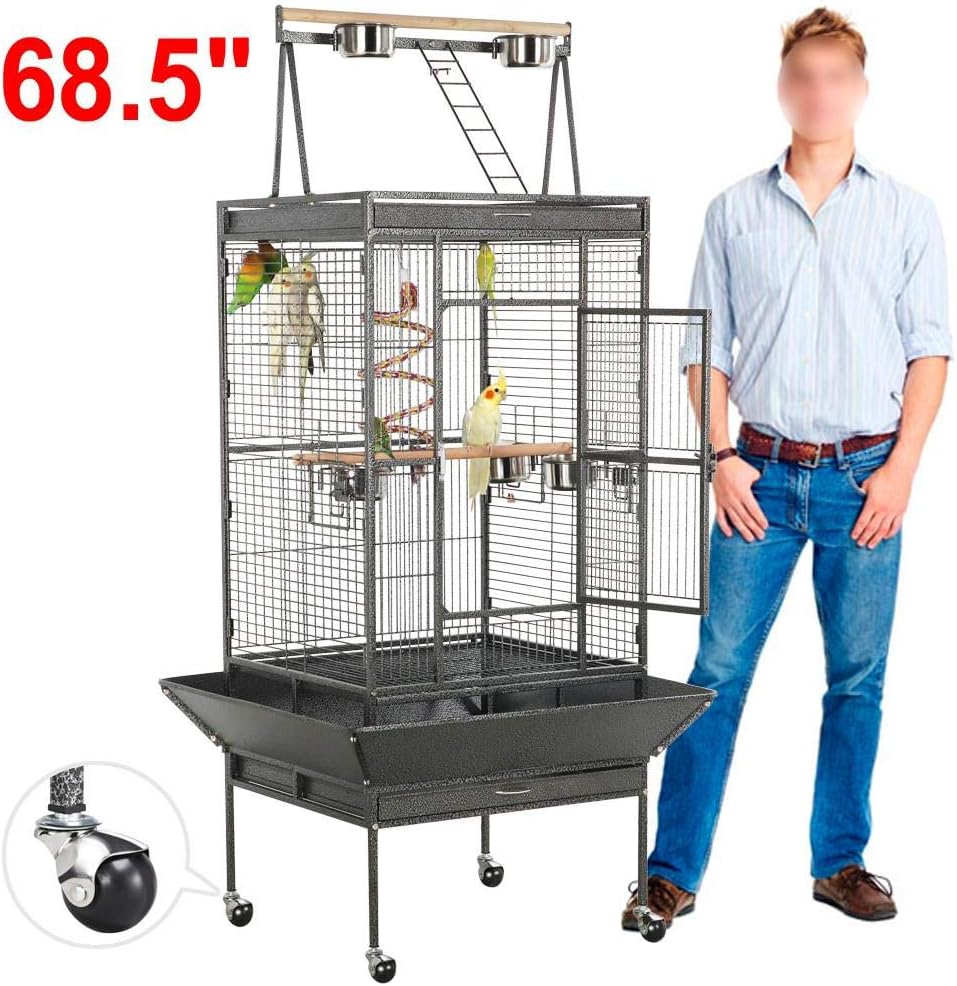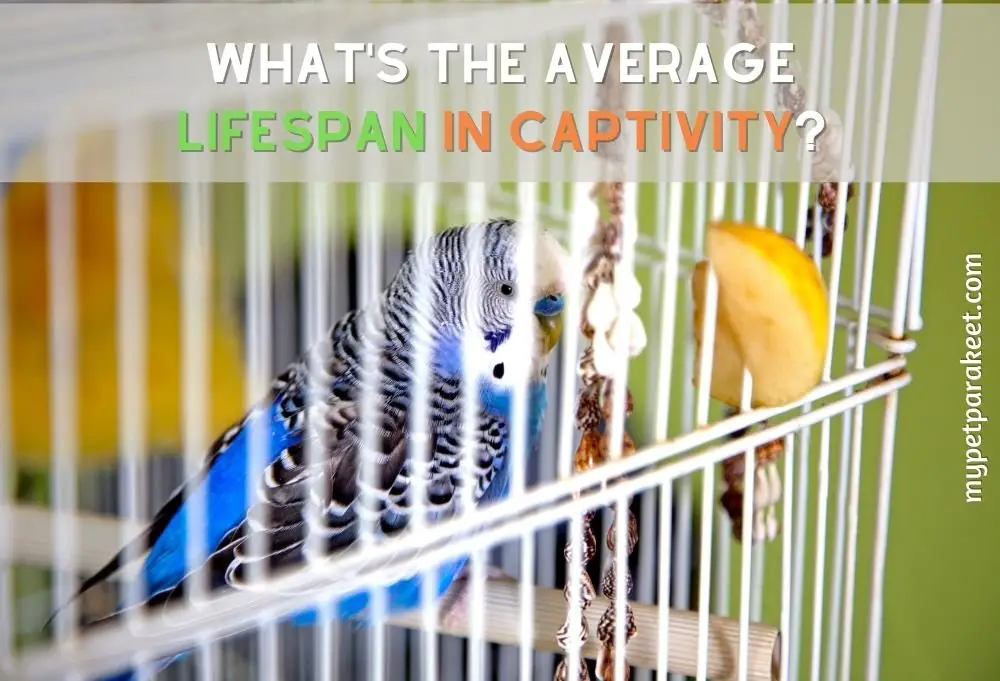Understanding the Factors that Affect Cage Longevity
When it comes to determining how long a bird cage will last, several factors come into play. The lifespan of a cage can vary significantly depending on the quality of the materials used, the frequency and type of use, and the level of maintenance provided. A well-made cage constructed from durable materials can last for many years, while a poorly made cage may need to be replaced after only a few years.
Material quality is a crucial factor in determining the lifespan of a bird cage. Cages made from high-quality materials such as stainless steel, powder-coated steel, or durable plastics can withstand the rigors of daily use and last for many years. On the other hand, cages made from low-quality materials may be more prone to rust, corrosion, or breakage, reducing their lifespan.
Usage is another important factor that affects cage longevity. A cage that is used extensively, such as in a busy aviary or pet store, may need to be replaced more frequently than a cage used in a home environment. Additionally, the type of bird housed in the cage can also impact its lifespan. Large or aggressive birds may require more durable cages to withstand their activity level.
Regular maintenance is also essential to extending the lifespan of a bird cage. Cleaning and disinfecting the cage regularly can help prevent the buildup of bacteria and diseases, while inspecting the cage for signs of wear and tear can help identify potential issues before they become major problems.
By understanding the factors that affect cage longevity, bird owners can take steps to extend the life of their cage and provide a safe and healthy environment for their feathered friends. Whether you’re a seasoned bird owner or just starting out, knowing how to properly care for your cage can help ensure that it lasts for many years to come.
Choosing the Right Materials for a Long-Lasting Cage
When it comes to selecting a bird cage, the type of material used is a crucial factor in determining its lifespan. Different materials offer varying levels of durability, ease of cleaning, and resistance to corrosion. Understanding the pros and cons of each material can help bird owners make an informed decision and choose a cage that will last for many years.
Stainless steel cages are a popular choice among bird owners due to their durability and resistance to corrosion. These cages are made from high-quality steel that is resistant to rust and can withstand the rigors of daily use. However, stainless steel cages can be more expensive than other options and may require more maintenance to keep them clean.
Powder-coated steel cages are another popular option for bird owners. These cages are made from steel that is coated with a durable powder finish, which provides excellent resistance to corrosion and wear. Powder-coated steel cages are often less expensive than stainless steel cages and are easy to clean and maintain.
Wooden cages are a natural and attractive option for bird owners. These cages are made from high-quality wood that is durable and resistant to wear. However, wooden cages can be more prone to rot and insect damage if not properly maintained. Regular cleaning and disinfecting can help prevent these issues and extend the lifespan of the cage.
Plastic cages are a budget-friendly option for bird owners. These cages are made from durable plastic that is easy to clean and maintain. However, plastic cages can be more prone to cracking and breaking if not handled carefully. Regular inspection and maintenance can help identify potential issues before they become major problems.
Ultimately, the type of material used to make a bird cage will depend on the individual needs and preferences of the bird owner. By understanding the pros and cons of each material, bird owners can make an informed decision and choose a cage that will provide a safe and healthy environment for their feathered friends.
The Importance of Regular Cleaning and Maintenance
Regular cleaning and maintenance are crucial to extending the lifespan of a bird cage. A clean and well-maintained cage can help prevent the buildup of bacteria and diseases, which can harm your bird’s health. Additionally, regular cleaning can help identify potential issues before they become major problems, such as rust, corrosion, or broken wires.
To clean your bird cage, start by removing any debris or waste from the cage. Use a gentle cleaning solution and a soft-bristled brush to scrub away any stubborn stains or dirt. Rinse the cage thoroughly with warm water and let it dry completely before replacing any accessories or toys.
In addition to regular cleaning, it’s also important to inspect your bird cage regularly for signs of wear and tear. Check for any rust, corrosion, or broken wires, and address these issues promptly to prevent them from becoming major problems. Regular maintenance can also help extend the lifespan of your bird cage by preventing damage from everyday use.
Some tips for maintaining your bird cage include:
- Regularly cleaning and disinfecting the cage and accessories
- Inspecting the cage for signs of wear and tear
- Addressing any issues promptly to prevent them from becoming major problems
- Replacing any worn-out or damaged parts
- Providing a safe and healthy environment for your bird
By following these tips and incorporating regular cleaning and maintenance into your bird care routine, you can help extend the lifespan of your bird cage and provide a safe and healthy environment for your feathered friend.
Remember, a well-maintained bird cage is essential to your bird’s health and happiness. By taking the time to clean and maintain your bird cage regularly, you can help ensure that it lasts for many years to come.
How to Identify Signs of Wear and Tear
Identifying signs of wear and tear on a bird cage is crucial to extending its lifespan. Regular inspections can help detect potential issues before they become major problems. Here are some common signs of wear and tear to look out for:
Rust and Corrosion: Check for any signs of rust or corrosion on the cage’s metal components, such as the bars, hinges, and locks. Rust can weaken the metal and cause it to break or collapse.
Broken Wires: Inspect the cage’s wiring for any signs of damage or breakage. Broken wires can be a hazard to your bird and can also cause the cage to malfunction.
Loose or Broken Bars: Check the cage’s bars for any signs of looseness or breakage. Loose or broken bars can provide an escape route for your bird or cause injury.
Worn-Out Perches: Inspect the cage’s perches for any signs of wear and tear. Worn-out perches can cause discomfort and injury to your bird’s feet and legs.
Dirty or Clogged Vents: Check the cage’s vents for any signs of dirt or clogging. Dirty or clogged vents can reduce airflow and cause respiratory problems for your bird.
If you notice any of these signs of wear and tear, it’s essential to take action promptly to prevent them from becoming major problems. Regular maintenance and repairs can help extend the lifespan of your bird cage and provide a safe and healthy environment for your feathered friend.
By identifying and addressing signs of wear and tear, you can help ensure that your bird cage lasts for many years to come. Remember, a well-maintained bird cage is essential to your bird’s health and happiness.
Extending the Life of Your Cage with DIY Repairs
Performing DIY repairs on your bird cage can be a cost-effective and efficient way to extend its lifespan. By learning how to fix common issues, you can save money and ensure that your bird’s home remains safe and secure. Here are some DIY repair tips and tricks to help you extend the life of your cage:
Fixing Broken Wires: If you notice that a wire on your cage is broken or damaged, you can easily replace it with a new one. Simply remove the old wire, clean the area, and install the new wire. Make sure to secure it tightly to prevent any further damage.
Replacing Worn-Out Parts: Over time, certain parts of your cage may wear out, such as the perches or toys. Replacing these parts can be a simple and effective way to extend the life of your cage. Look for replacement parts that are specifically designed for your cage model or consult with a professional if you’re unsure.
Touching Up Rusty Areas: If you notice any rusty areas on your cage, you can touch them up with a rust-resistant coating. This will help prevent further corrosion and extend the life of your cage. Make sure to clean the area thoroughly before applying the coating.
Repairing Broken Bars: If a bar on your cage is broken or damaged, you can repair it by welding or replacing it with a new one. Make sure to secure the new bar tightly to prevent any further damage.
By performing these DIY repairs, you can extend the life of your bird cage and ensure that it remains safe and secure for your feathered friend. Remember to always follow proper safety precautions when performing repairs, and consult with a professional if you’re unsure about any aspect of the process.
Regular DIY repairs can help you answer the question “how long do cages last” by extending the lifespan of your bird cage. By taking care of your cage and performing regular repairs, you can ensure that it lasts for many years to come.
Comparing the Lifespan of Popular Bird Cage Brands
When it comes to choosing a bird cage, one of the most important factors to consider is the lifespan of the cage. Different brands offer varying levels of durability and longevity, and understanding these differences can help you make an informed decision. In this section, we’ll compare the lifespan of popular bird cage brands, including Hagen and YML.
Hagen is a well-known brand in the bird cage industry, and their cages are popular among bird owners. Hagen cages are made from high-quality materials and are designed to be durable and long-lasting. On average, a Hagen cage can last for around 5-7 years with proper care and maintenance.
YML is another popular brand that offers a range of bird cages. YML cages are known for their durability and ease of cleaning, making them a great option for busy bird owners. On average, a YML cage can last for around 7-10 years with proper care and maintenance.
Other popular bird cage brands include Avian Adventures, Prevue Hendryx, and A&E Cage Company. Each of these brands offers a range of cages with varying levels of durability and longevity. When choosing a bird cage, it’s essential to research the brand and read reviews from other customers to get a sense of the cage’s lifespan.
In addition to the brand, there are several other factors that can impact the lifespan of a bird cage. These include the material used to make the cage, the size and type of bird, and the level of care and maintenance provided. By understanding these factors and choosing a high-quality cage from a reputable brand, you can help ensure that your bird’s home lasts for many years to come.
By comparing the lifespan of popular bird cage brands, you can make an informed decision and choose a cage that will meet your bird’s needs for years to come. Remember, a well-made cage from a reputable brand can help answer the question “how long do cages last” and provide a safe and healthy environment for your feathered friend.
How to Choose the Right Cage for Your Bird’s Needs
Choosing the right cage for your bird’s specific needs is crucial to ensuring its health and happiness. A cage that is too small or poorly designed can lead to stress, boredom, and even health problems. On the other hand, a cage that is well-suited to your bird’s needs can provide a safe and stimulating environment that promotes overall well-being.
When selecting a cage, consider the following factors:
- Size: The cage should be large enough to provide your bird with ample space to fly, stretch, and exercise. A general rule of thumb is to choose a cage that is at least 2-3 times the length of your bird’s wingspan.
- Material: The cage should be made from a durable, non-toxic material that is easy to clean and maintain. Popular options include stainless steel, powder-coated steel, and wood.
- Features: Consider the types of features that are important to your bird’s needs, such as perches, toys, and feeding stations. A cage with a variety of features can help keep your bird stimulated and engaged.
- Bar spacing: The bar spacing should be narrow enough to prevent your bird from escaping or getting its head stuck. A general rule of thumb is to choose a cage with bar spacing of 1-2 inches.
By considering these factors and choosing a cage that is well-suited to your bird’s needs, you can help ensure that it lives a happy and healthy life. Remember, a good cage is an investment in your bird’s well-being, and can help answer the question “how long do cages last” by providing a safe and durable environment for years to come.
Some popular cage options for different types of birds include:
- Parakeets and cockatiels: A small to medium-sized cage with a variety of perches and toys.
- Conures and African greys: A medium to large-sized cage with plenty of space to fly and exercise.
- Macaws and cockatoos: A large cage with a variety of features, such as perches, toys, and feeding stations.
By choosing the right cage for your bird’s specific needs, you can help ensure that it lives a happy and healthy life. Remember to always prioritize your bird’s needs and choose a cage that is safe, durable, and well-suited to its needs.
Conclusion: Maximizing the Lifespan of Your Bird’s Home
In conclusion, maximizing the lifespan of your bird’s home requires a combination of proper care, maintenance, and attention to detail. By understanding the factors that affect cage longevity, choosing the right materials, and performing regular cleaning and maintenance, you can help extend the life of your bird’s cage and provide a safe and healthy environment for your feathered friend.
Remember, a well-maintained bird cage is essential to your bird’s health and happiness. By following the tips and advice outlined in this article, you can help ensure that your bird’s home lasts for many years to come. Don’t wait any longer to start maximizing the lifespan of your bird’s home – take action today and give your bird the best possible chance at a happy and healthy life.
By taking the time to properly care for and maintain your bird’s cage, you can help answer the question “how long do cages last” and provide a safe and durable environment for your bird to thrive. With the right care and attention, your bird’s cage can last for many years, providing a happy and healthy home for your feathered friend.
In summary, maximizing the lifespan of your bird’s home requires:
- Proper care and maintenance
- Choosing the right materials
- Regular cleaning and disinfecting
- Inspecting for signs of wear and tear
- Performing DIY repairs and touch-ups
By following these tips and advice, you can help ensure that your bird’s home lasts for many years to come and provides a safe and healthy environment for your feathered friend.


